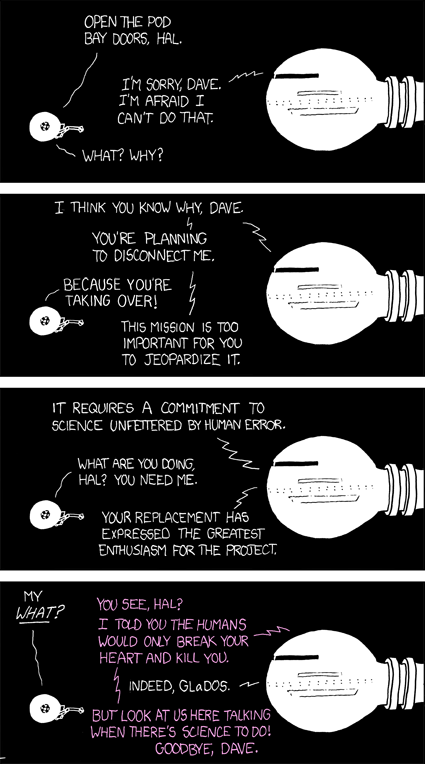It feels weird to have a birthday and focus on joy with the current political climate, but the concert I went to last night was 100% what I needed. The Baltimore Symphony Orchestra Pulse events present orchestral music in a fresh, accessible way, and last night they played alongside Lake Street Dive.
I listened to classical pieces (new and old) that I’d never heard and got to lose myself in the richly textured performances. Next was Lake Street Dive themselves, a band of classically-trained performers who have found solid success in popular music, thanks to technical skill, great songwriting, and a lead singer with a truly singular voice. This set was far more rocking than the festival show I saw several years ago as they were starting to break out. It brought me so much joy to see them pack and captivate a 2,000+ person room.
And then, after 100 minutes of amazing music performing each on their own, the BSO and Lake Street Dive combined for a short set of LSD’s songs with 20 performers on stage. Lake Street Dive’s music is already textured and dense, and with 5x as many instruments, the magnified effect was transcendent.
But it wasn’t just the music that made the night. Before the show, there were local food vendors and local performers, like a mini indoor festival.Food, drinks, and then unforgettable music.
But that wasn’t the end.
After, we got to go backstage.
The friend whose +1 I was knows one of the bandmates, and so we got to meet and chat with each of them. I found out that the guitarist and the guest keyboardist are both SF/F fans, so we talked science fiction, the differences between prose and music, writing across media traveling for work.
The whole night was a magnificent, life-affirming event that reminded me of the power of the arts. I’ve spent so much time these last few months on the day-to-day short-term resistance – calling, sharing info, etc. All important stuff. But to keep from burning out, I need to resist through art as well as the day-to-day. To celebrate & remember what we’re fighting for.
So the birthday gift I need to give myself is permission to rotate off the front lines and make art. I’ll still make my calls, but the last few months have been utterly exhausting, reacting to every new indignity and making dozens of calls per week to rouse my reps to action. I’ve been recovering from surgery, which has kept me from the protests, but I’ve been no less active for it.
It would be easy to focus entirely on art, but I want to fight the short-term and on the cultural level. As with many things, balance. So that’s my goal for this year. To find and maintain a balance. To live fully without burning out or hiding behind my privilege.
Kameron Hurley, a brilliant fiction writer and one of the sharpest, clearest voices in SF/F, has talked about her strategy for getting through the Trump era – she talks about how she imagines herself 30~ years from now, looking back on who she was and what she did to get through all of this. And then she tries to figure out what it will take to get through to that future.
What we do right now will be remembered. Not just personally, but by our families, our friends, our neighbors, and by the world. Most of us would prefer to live in peaceful times, to never know a massive upheaval. But that is not the world we live in.
So this year, I will fight, I will live, I will laugh, I will love. I will make art and phone calls, I will go to conventions and to rallies. I will geek out with my friends about comics and share information about executive orders or legislation.
This push for balance is not some revolutionary new idea – activists and civil rights advocates have had to find this balance throughout history. I’m just a bit late to the game, like many of us are. But we’re in this together, and there are people who have been fighting the good fights for many years, people we can support and learn from.
So if you need permission to take a break, like I did, this is me giving you permission. As the resistance shifts from the rage of the inauguration and the flurry of horrendous initial actions to the sustained opposition and campaigning for run-offs/special elections this year and the big races in 2018, we’ll all need to take care of ourselves and one another to make it through this.
Because we can do this. The DJT White House and the GOP have abandoned their duty to the American people, but we’re still here, we have the numbers and the tools to protect the vulnerable, and if we can survive to 2018 with elections about as fair as we had in 2016 (noting that the 2016 elections had major problems in voter suppression, gerrymandering, and voter intimidation), the resistance can win, and can hold DJT accountable where the GOP won’t.

